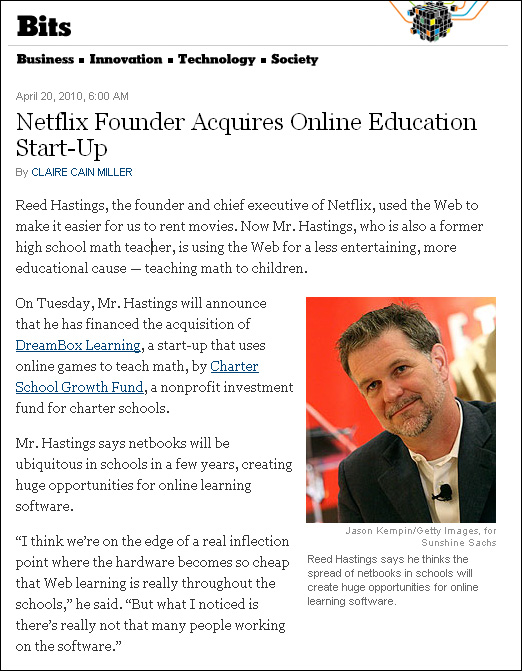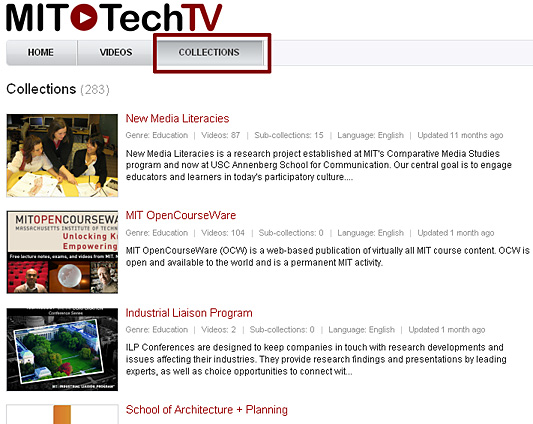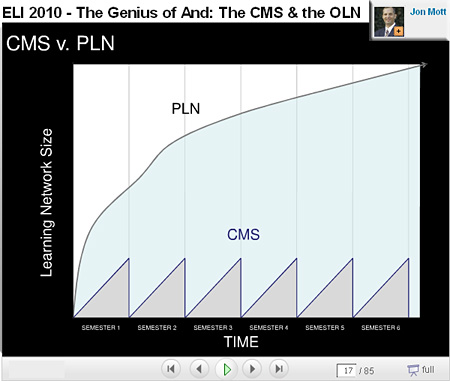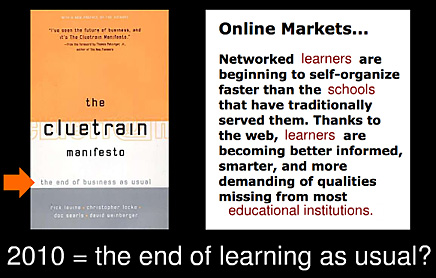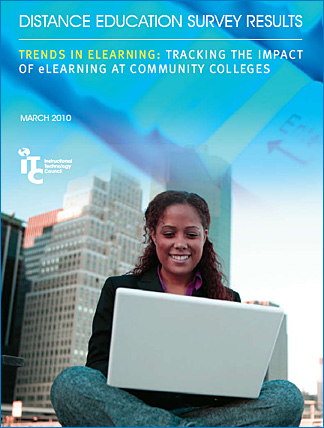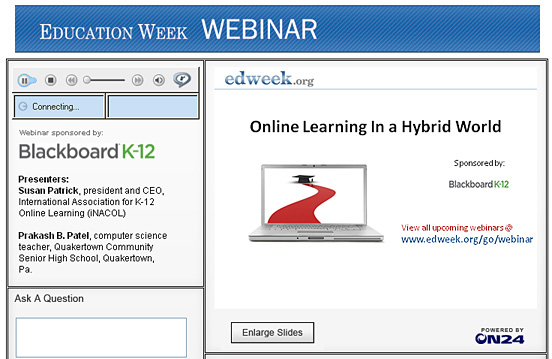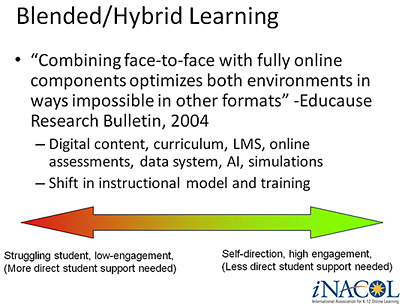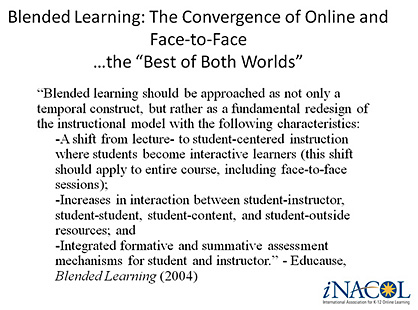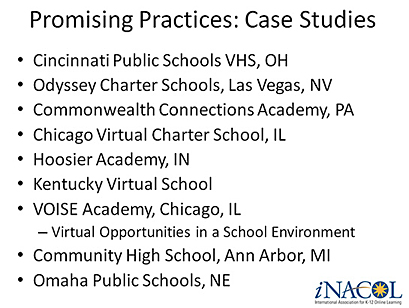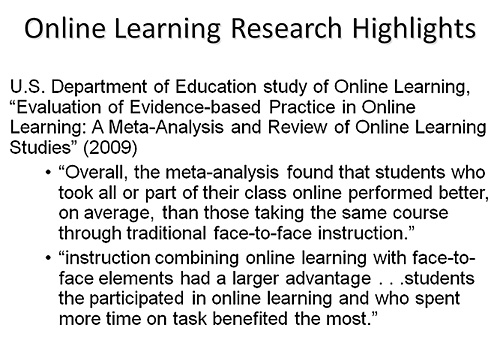Learning TRENDS by Elliott Masie – April 20, 2010.
#619 – Updates on Learning, Business & Technology.
54,939 Readers – http://www.masie.com – The MASIE Center.
Host: Learning & Government Briefing – Washington, DC – May 3!
1. Netflix Founder Invests in Online Learning Venture.
2. Video Conferencing Surge after Volcano Impacts.
3. Instructor Agility with Synchronous Delivery Blends.
1. Netflix Founder Invests in Online Learning Venture:
I am intrigued by this clip from The New York Times: “Reed Hastings, the founder and chief executive of Netflix, used the Web to make it easier for us to rent movies. Now Mr. Hastings, who is also a former high school math teacher, is using the Web for a less entertaining, more educational cause — teaching math to kids. On Tuesday, Mr. Hastings will announce that he has financed the acquisition of DreamBox Learning, a start-up that uses online games to teach math, by Charter School Growth Fund, a non-profit investment fund for charter schools.
Mr. Hastings said that he thinks netbooks will be ubiquitous in schools in a few years, creating huge opportunities for online learning software. “I think we’re on the edge of a real inflection point where the hardware becomes so cheap that Web learning is really throughout the schools,” he said. “But what I noticed is there’s really not that many people working on the software.” DreamBox was started last year and creates personalized lesson plans, hidden in games, based on which concepts children understand or need to work on.”
The recognition of the role of online learning assets as viable investments by entrepreneurs like the Netflix founder are intriguing indicators of the growth and expansion of this part of the education marketplace. (emphasis DSC)
…









